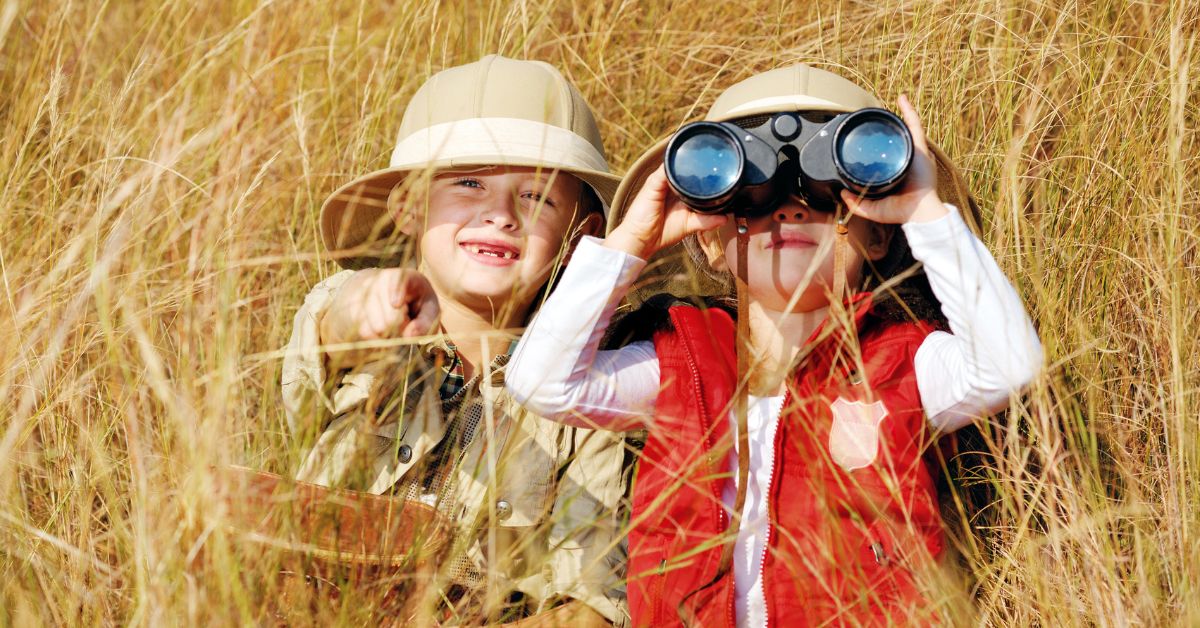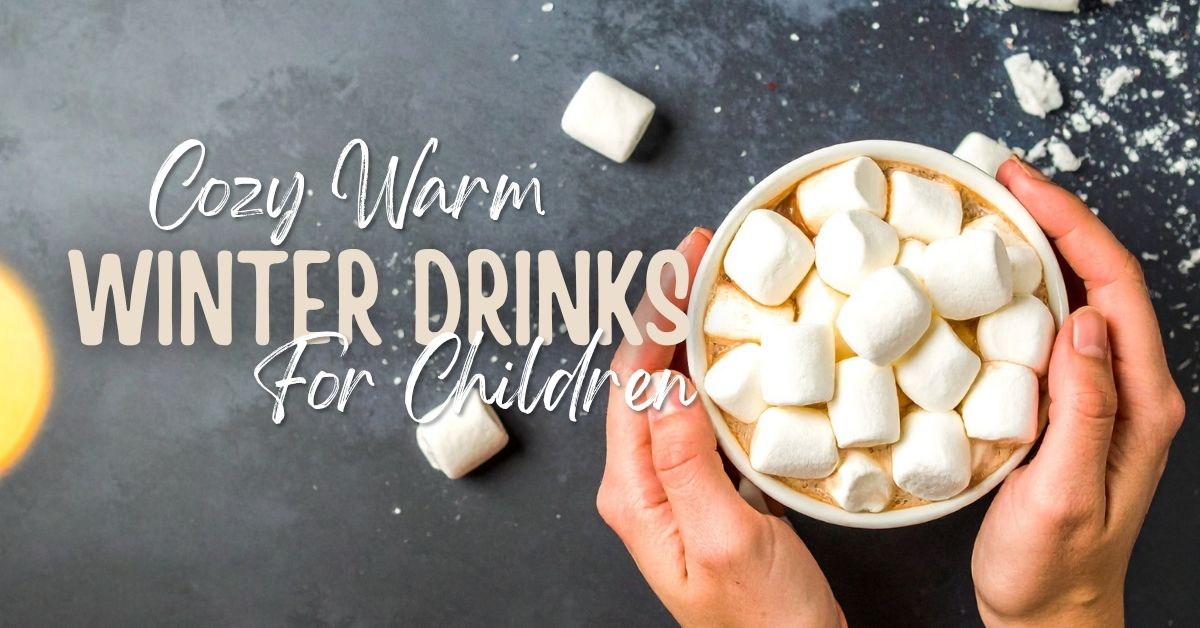Let’s talk about the “wild child.” You know the one—full of boundless energy, endless questions, and a spirit that refuses to be boxed in. If this sounds like your kid, the traditional classroom setting might feel like trying to fit a square peg into a round hole. Maybe that’s what led you to homeschool in the first place. If you’re exploring child-led learning, you’ve likely come across some fantastic radical unschooling tips, but you might still wonder how to channel that beautiful, chaotic energy. It’s a common challenge: how do you embrace freedom-based learning without your home descending into complete mayhem?
The idea of unschooling can be both thrilling and terrifying. On one hand, you’re giving your child the ultimate gift of learning through life and interests. On the other, the lack of structure can feel like you’re parenting on a tightrope without a net. This is especially true when your child’s energy is, shall we say, spirited. The key isn’t to “tame” them in the traditional sense, but to provide an environment where their wildness can be a superpower for learning, not a source of constant conflict. It’s about finding a rhythm that works for your unique family.
What is Radical Unschooling, Really?
Before we dive in, let’s clear something up. Radical unschooling isn’t just about ditching the math curriculum. It’s a holistic philosophy that extends the principles of child-led learning to all aspects of life. It’s built on a foundation of trust and partnership between you and your child. Instead of imposing rules about bedtime, screen time, or what they eat, you work with your child to understand their needs and make decisions together.
Sounds a bit scary, right? For parents of high-energy kids, the thought of giving up that control can be daunting. But radical unschooling isn’t a free-for-all. It’s about connection, communication, and mutual respect. It’s about seeing your child not as someone to be controlled, but as a whole person capable of making thoughtful choices when given the right support and information. The goal is to nurture their intrinsic motivation and self-regulation skills, which are invaluable for lifelong learning.
The “Wild Child” Challenge in an Unschooling World
Your child isn’t “bad” or “difficult.” They are likely curious, kinesthetic, and passionate. These are amazing traits! In an unschooling environment, however, these traits can sometimes manifest as what feels like chaos. They might jump from one interest to another with lightning speed, resist any form of quiet activity, or challenge every boundary you try to set.
Instead of viewing this as a problem to be solved, try reframing it. This boundless energy is fuel for learning. The challenge isn’t to extinguish the fire, but to give it the right things to burn. A child who can’t sit still might be an incredible hands-on learner. A child who argues every point might be a future debate champion or lawyer honing their skills. Your role is to be their guide and facilitator, helping them direct that powerful energy toward productive and joyful pursuits.

Radical Unschooling Tips for a Spirited Child
So, how do you do it? How do you create a peaceful, connected home environment while honoring your child’s untamed spirit? It starts with a shift in your own mindset, followed by some practical strategies.
- Create a “Yes” Environment: Instead of focusing on what your child can’t do, focus on what they can. Child-proof and prepare your home so that exploration is safe. If they want to paint, have an area where making a mess is okay. If they want to climb, find a safe place for it, like a local park or an indoor climbing gym. Reducing the number of times you have to say “no” frees up mental space for both of you.
- Lean into Their Interests (No Matter How Weird): Did they just spend three hours watching videos about deep-sea creatures? Great! Don’t worry if it doesn’t look like “school.”
- Go to the library and check out every book on anglerfish.
- Watch a documentary about the Mariana Trench together.
- Get some clay and sculpt your own creepy-cool sea monsters.
- Plan a trip to an aquarium.
- Calculate how many bathtubs of water it would take to fill a submarine. Boom, that’s math!
- Co-Create Rhythms, Not Rigid Schedules: Kids, especially energetic ones, thrive on predictability. But that doesn’t mean you need a color-coded schedule planned to the minute. Work together to create a gentle daily rhythm. This could be as simple as: “We have a slow morning with breakfast and stories, then we do an active thing, then we have lunch and quiet time, then we have free play in the afternoon.” This gives them a sense of security without stifling their freedom.
- Embrace the Outdoors as Your Classroom: A “wild child” often just needs more space. Nature is the ultimate playground and teacher. It offers sensory input, physical challenges, and endless opportunities for discovery.
- Go on daily walks or hikes.
- Let them get muddy.
- Learn to identify local plants and birds.
- Build forts, climb trees, and skip rocks.
- A child who is calm and focused in the woods might just be a child who was overstimulated indoors.
When Unschooling Feels Like It’s Not Working
There might be days, weeks, or even months when you feel like you’re failing. The house is a mess, the kids are fighting, and you haven’t seen a single sign of anything remotely “educational” happening. This is normal. It’s often during these periods of deschooling—the process of unwinding from the traditional mindset of what learning looks like—that the real magic starts to brew. It’s a period of adjustment for everyone.
However, if the chaos feels truly unmanageable and everyone is consistently unhappy, it’s okay to re-evaluate. Radical unschooling isn’t a dogma you must follow perfectly. It’s a philosophy, and you can adapt it to fit your family’s needs. The goal is joyful learning and strong relationships, not adherence to a specific label. If the current approach is leading to constant power struggles and frustration, it might be time to introduce a little more structure.
Could a Different Curriculum Be the Answer?
Wait, curriculum? Isn’t that the opposite of unschooling? Not necessarily. For some families, especially those with spirited children, a complete lack of structure can be more stressful than freeing. The beauty of homeschooling is your ability to customize everything. Maybe radical unschooling isn’t the right fit, or maybe you just need a “flexi-schooling” or “eclectic” approach.
Think of curriculum not as a set of rules, but as a tool. A good curriculum can provide a gentle framework that actually supports child-led learning. For a child who thrives on novelty and hands-on projects, a project-based or game-based curriculum could be a perfect fit. It provides a starting point and a sense of direction, which can be comforting for both parent and child.
Consider these options:
- Project-Based Learning: This approach centers learning around an in-depth project. For a child obsessed with dinosaurs, a project could involve building a life-sized velociraptor skeleton, writing a report on the Cretaceous period, and visiting a museum. It’s guided but still deeply rooted in their interests.
- Game-Based Learning: For kids who love a challenge, educational games (both board games and digital ones) can make learning feel like play. There are amazing resources out there for teaching math, history, and even coding through games.
- Literature-Based Curriculum: Does your wild child have a surprisingly deep love for stories? A literature-based approach uses great books as the foundation for learning. You read a book together and then explore related topics in science, history, and art.
Introducing a curriculum doesn’t mean you’ve failed at unschooling. It means you’re being a responsive and attentive parent. You’re observing your child, seeing what they need, and providing the tools to help them succeed. It’s about finding the sweet spot between freedom and structure that allows your “wild child” to truly flourish.
Explore More Homeschooling Resources
Parenting a spirited child is a journey, and homeschooling adds another layer to that adventure. Finding the right educational philosophy is a process of trial, error, and discovery. The most important thing is to stay connected to your child and trust your instincts. You know them better than anyone.
For more practical advice, curriculum reviews, and support on your homeschooling journey, be sure to check out more of our articles. We’re here to help you find the resources you need to make your homeschooling experience a joyful and successful one.





